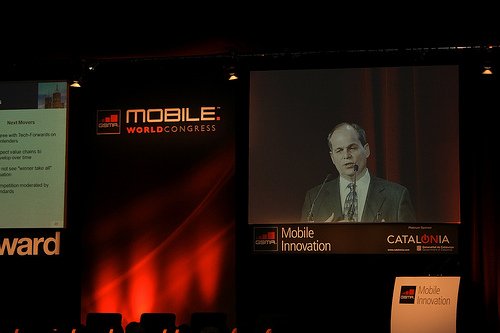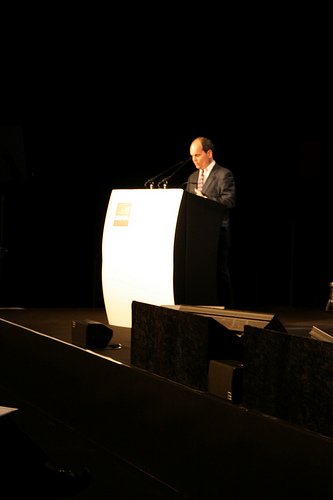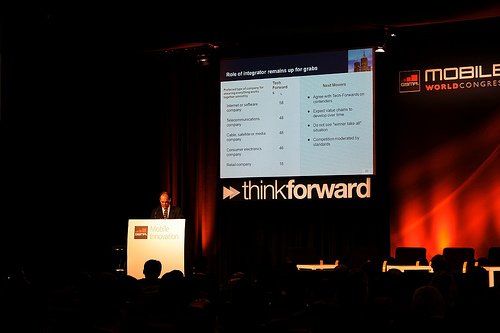
The big names of the mobile world occupied vast stands at MWC in Barcelona – but some of the most interesting and innovative products, applications and technologies came from start-ups.
Smartphone.biz-news has pulled together some of the enterprising newbies that are likely to make a big impact in the future, including video interviews and photos.

Irish start-up Dial2Do created quite a stir at this year’s Mobile World Congress.
The Dublin-based company lets you do various tasks on your mobile simply by calling a number and speaking.
So you can send email or text messages, record reminders, post updates to Twitter or Jaiku stream or even listen to internet content – all while driving your car.

The Lisbon, Portugal-based start-up wizi has developed an instant location sharing application, with the focus firmly on on individual networks.
The free mobile app allows you to share your location instantly by e-mail or SMS.

TuneWiki is a the music playback app that shows Karaoke-like lyrics and album art on almost all the music on a phone. It has features like searching YouTube for videos of tracks, plus searching its database for certain song lyrics if users only remember part of a song.
Watch below a short video demo.

ART has developed interference cancellation technology with the potential to dramatically improve 3G call connectivity and mobile broadband download rates. Crucially, the Texas-based company says the solution doesn’t require additional network investment but will allow twice as many users to connect in the same 3G coverage area.

MEEPASS has a developed cutting edge mobile identification solution with a secure ID tag. It works on any mobile phone and uses a 2D barcode that verifies a user’s identity without the need for the handset to be network connected. Watch below a short video demonstration

French start-up Kapsys has developed a voice-activated GPS for city dwellers that can be used to walk, bike, roller blade, scoot or take public transport. It is also a an MP3 player, a radio and a mobile phone receiver via Bluetooth.
See below a short video demonstration of the Kapsys device.

Modu has designed a potentially-groundbreaking sleek and light mobile device that slips into a variety of so-called "jackets" – music players, other cellphones, car stereos, digital cameras, etc.
See below a short video demonstration.
















